This decision, if passed, would erase decades of protection efforts and permanently alter the natural landscapes that define Norway’s wilderness.
In a drastic and alarming policy shift, the Norwegian Parliament's Standing Committee on Energy and the Environment has proposed opening all of Norway’s rivers to hydropower projects, a move that threatens fragile ecosystems, wildlife, and indigenous lands.
These protected rivers include approximately 390 waterways that were previously deemed too valuable to exploit, rivers long safeguarded under the "Protection Plan for Watercourses" to preserve their ecological and cultural significance.
This move stands in stark contrast to Norway’s international commitments, including the Kunming-Montreal Global Biodiversity Framework, which calls for at least 30% of terrestrial, inland water, coastal and marine areas to be protected and restored by 2030. It also undermines the country’s image as a global leader in sustainability.
At a time when nations around the world are fighting to preserve what little untouched nature remains, Norway is poised to turn its back on its own wild rivers, some of the last free-flowing waterways in Europe.
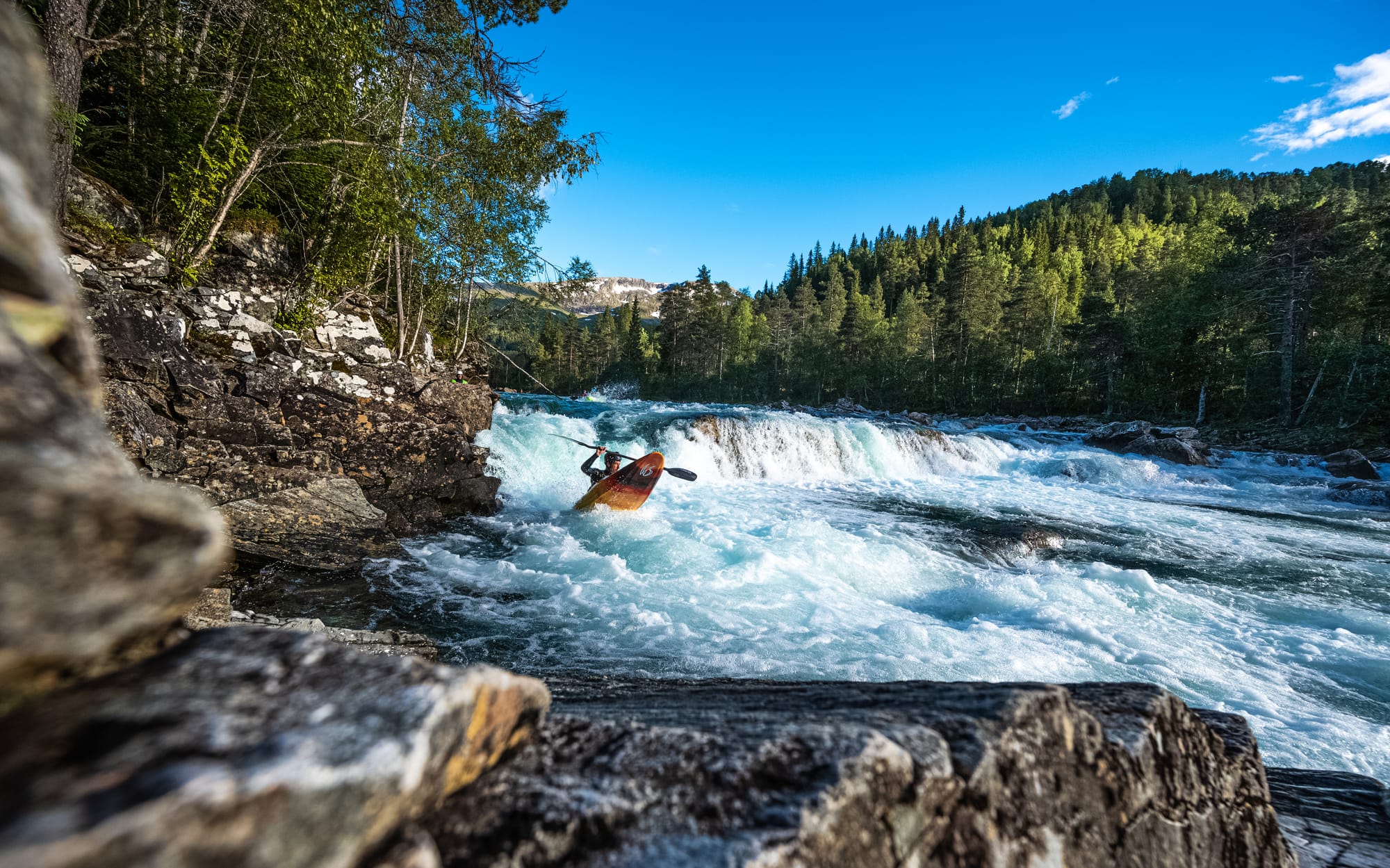
Why This Matters
Hydropower is often portrayed as a "green" energy source, but its environmental toll is devastating. Rivers drained to a trickle, fish populations decimated, and entire ecosystems disrupted.
Norway already has 1,781 hydropower plants, and impact studies show that these existing plants are doing next to nothing to ensure that migrating fish pass through unharmed. Salmon and trout, species vital to Norway’s natural heritage and indigenous livelihoods, are routinely trapped behind dams, chopped up in turbines, stranded in dried-out riverbeds, and blocked from their natural migration routes. European eels, red-listed as critically endangered, are other frequent victims of hydropower plants.
In 2024, Nature & Environment reported on a “Fish Migration Survey” that found more than two thirds of Norwegian hydropower plants have never investigated whether fish are harmed in their facilities. On top of that, “only 6.5 percent have decided to install equipment [that prevents damage to migratory fish].”
Other reports from the Norwegian Broadcasting Company offer insight into the dark side of “green” Norwegian hydropower. It’s not just the fish at risk, either. Birds, mammals, and insects that rely on these waterways for survival also face displacement and starvation.
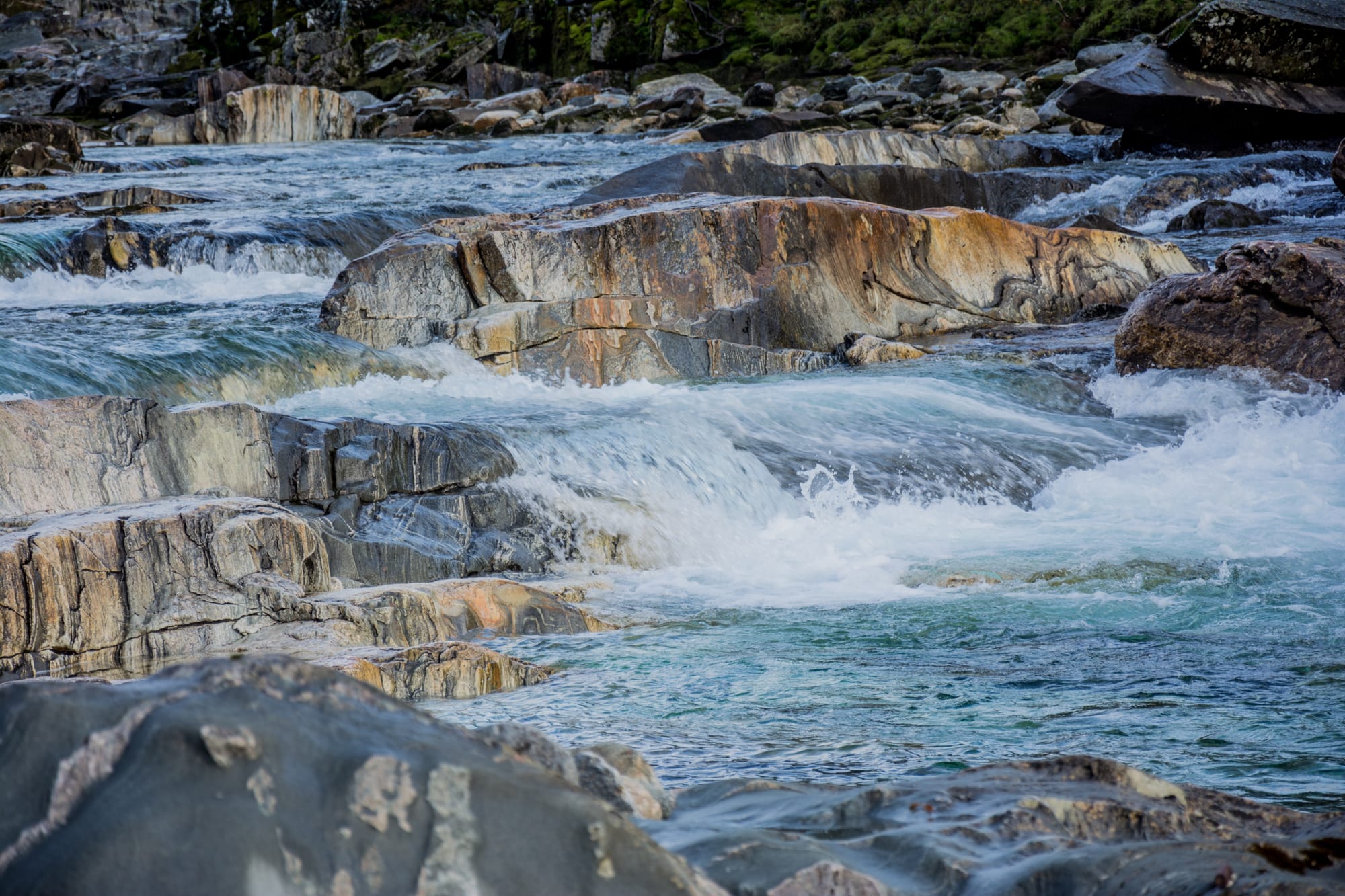
Once a river is changed, it is changed forever. Damming a river disrupts its natural flow, sediment transport, and aquatic ecosystems. Fish populations decline due to migration barriers, and the loss of natural water fluctuations harms biodiversity. Even if a dam were removed, habitats and species that relied on the original river dynamics may already be too degraded or lost to recover.
This is why the impact of hydropower is arguably permanent. Once these pristine rivers are altered, they may never fully recover, and the 390 rivers threatened by this proposed opening represent some of the last untouched natural habitats in the country.
Norway cannot continue to brand itself as an environmental leader while systematically dismantling its own conservation laws.
The Norwegian people, especially those who cherish the outdoors, have long fought to keep these rivers wild. Kayakers, anglers, hikers, and conservationists from around the world recognize Norway as a sanctuary for unspoiled nature.
So this decision is more than just a policy change. It is a betrayal of the very landscapes that define Norway’s identity. It is a direct assault on the people who have depended on these waterways for generations.
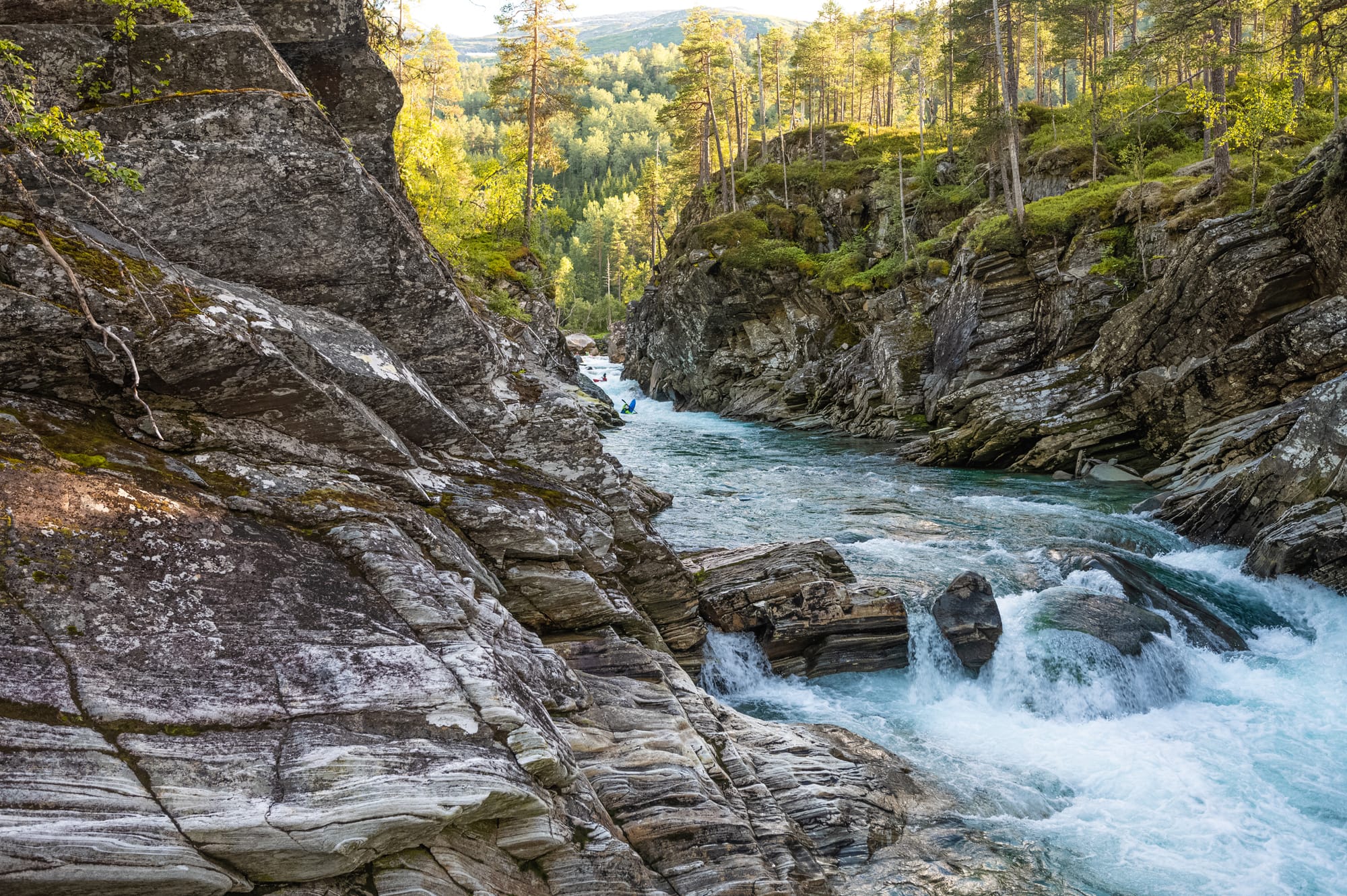
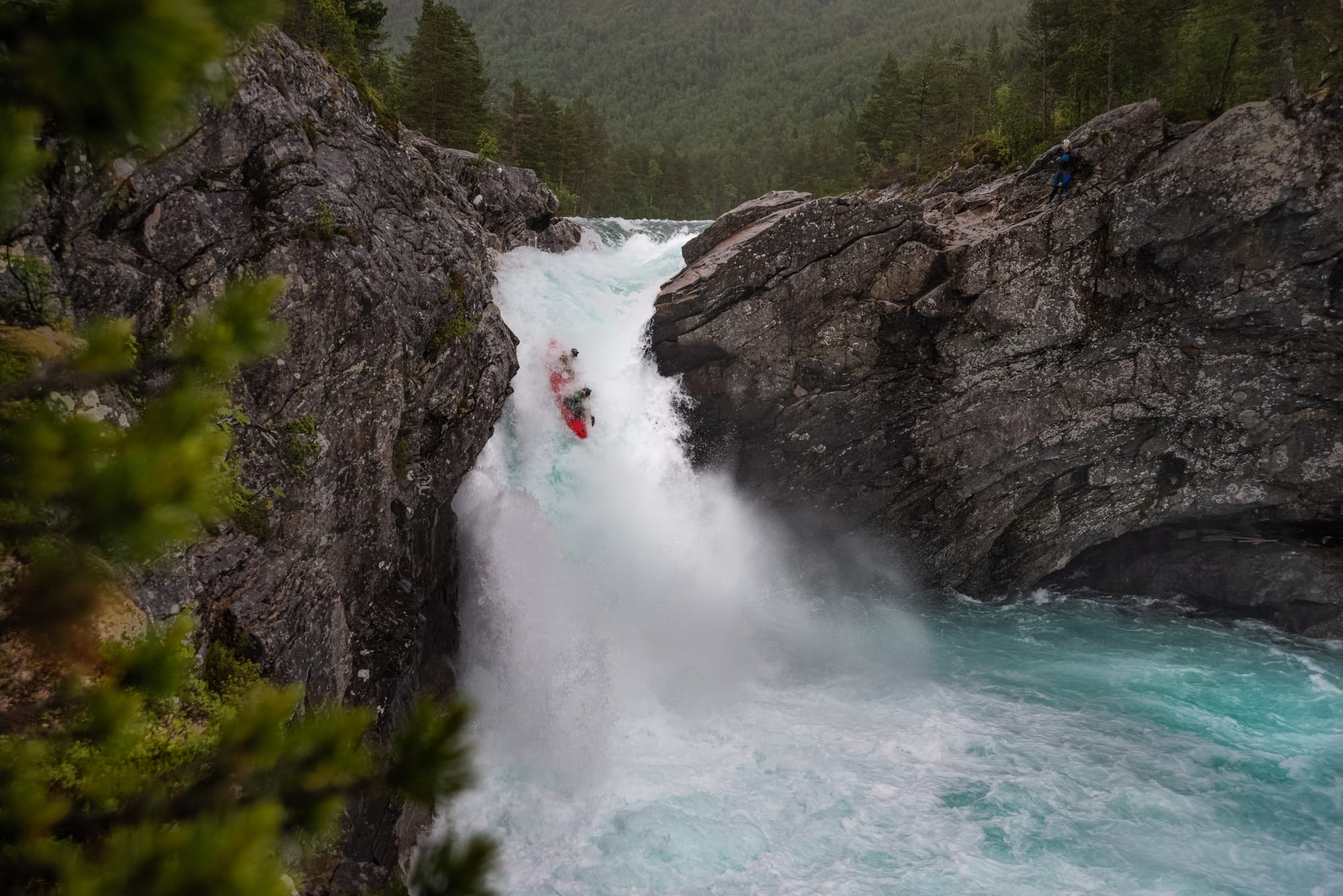
CREDIT: Halvor Heggem
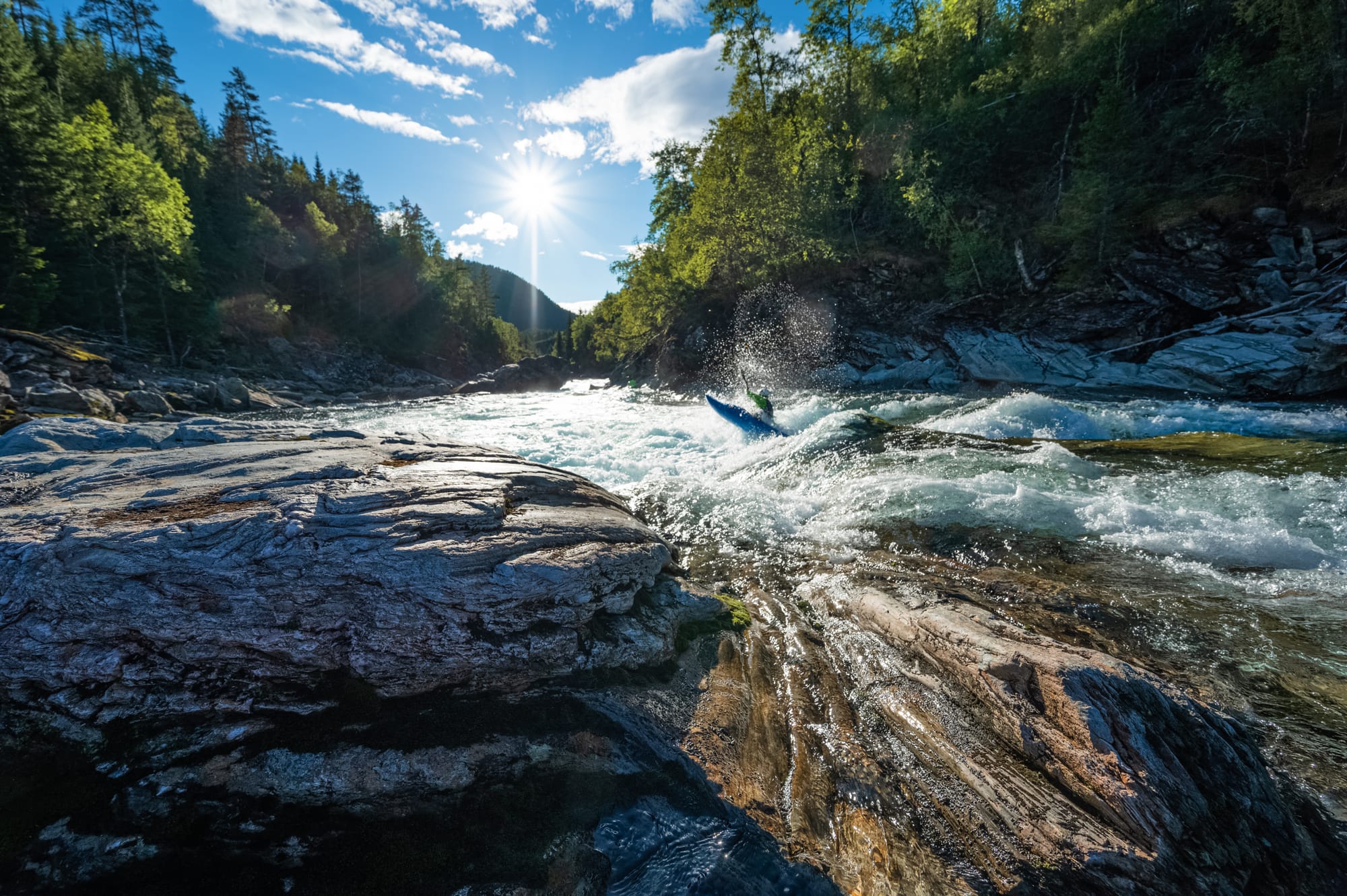
What Norwegian Rivers are at Risk?
Over the past decades, Norway has worked to protect its most valuable and unique river ecosystems, including:
- Sjoa – One of Europe’s most famous whitewater rivers, the Sjoa is a vital hub for outdoor tourism. Rafters have been paddling this river since the late 1980s.
- Rauma – A pristine salmon river known for its clear waters and breathtaking scenery. The world-famous Troll Wall (Trollveggen) is located on the southwestern shore of this river.
- Gaula – Routinely named among the best Atlantic salmon fishing rivers in the country, the Gaula supports both nature and local economies, and is the largest river in Central Norway.
- Vefsna – the biologically rich Vefsna has its headwaters in Børgefjell National Park. It is home to several rare aquatic species and is a critical part of the ecosystem.
- Øystesevassdraget – this river has extremely high conservation value, and has long been protected for its unique natural environment.
- Raundalselva - one of the most beautiful rivers in Norway, the Raundalselva is a lifeline for many outdoor businesses and the glue that holds the Voss whitewater community together. Ekstremsportveko, the world's largest extreme sports festival, is held in part on the waters of the Raundalselva.
If this proposal passes, these iconic rivers, and many others, could lose their legal protection, opening them up for development.
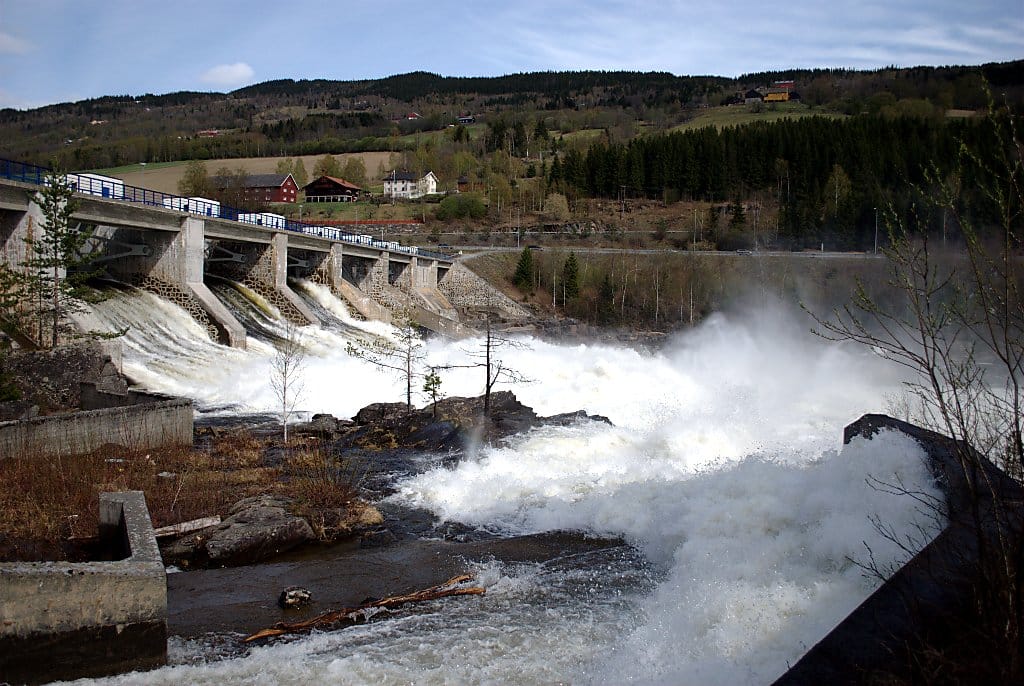
How Did This Happen?
This radical proposal was introduced without prior consultation, public debate, or environmental impact assessment. It was added to legislation originally meant to improve flood and landslide preparedness. Instead of helping nature, it now threatens it.
The proposal has already received majority support in Parliament, backed by the Progress Party, the Conservative Party, the Christian Democratic Party, the Labour Party, and the Centre Party. Unless we stop it, the law will pass next week.
What Can You Do?
We cannot allow this to happen without a fight. The time to act is now. On behalf of the river community of Voss, which has worked tirelessly to protect just one of Norway’s few remaining untouched rivers, we call on you—the global outdoor community, environmental organizations, and all who love wild nature—to stand with us.
The Norges Naturvernforbund (Norwegian Society for the Conservation of Nature) has created a petition, linked below, to protest the allowance of hydropower in protected waterways. Readers are encouraged to sign, share, and support!
Other actions we can take:
Spread the word: Share this message with fellow outdoor enthusiasts, media outlets, and conservation groups.
Write to Norwegian lawmakers: Demand that they reject this proposal and uphold Norway’s commitments to environmental protection.
Support local and international conservation efforts: Join organizations fighting to protect Norway’s rivers and biodiversity.
Make your voice heard: Whether you are a paddler, angler, photographer, or nature lover, your words and actions can make a difference.
These rivers are not just Norway’s. They are part of our shared global natural heritage. Once they are gone, they will never return. Stand with us. Fight for the rivers. Protect Norway’s wild waters.
Signed,
Ina Marie Bollingberg, Joe Rea-Dickins, and the whitewater community of Voss, Norway (who chose to settle here, in large part, due to the protected nature of the region's rivers)
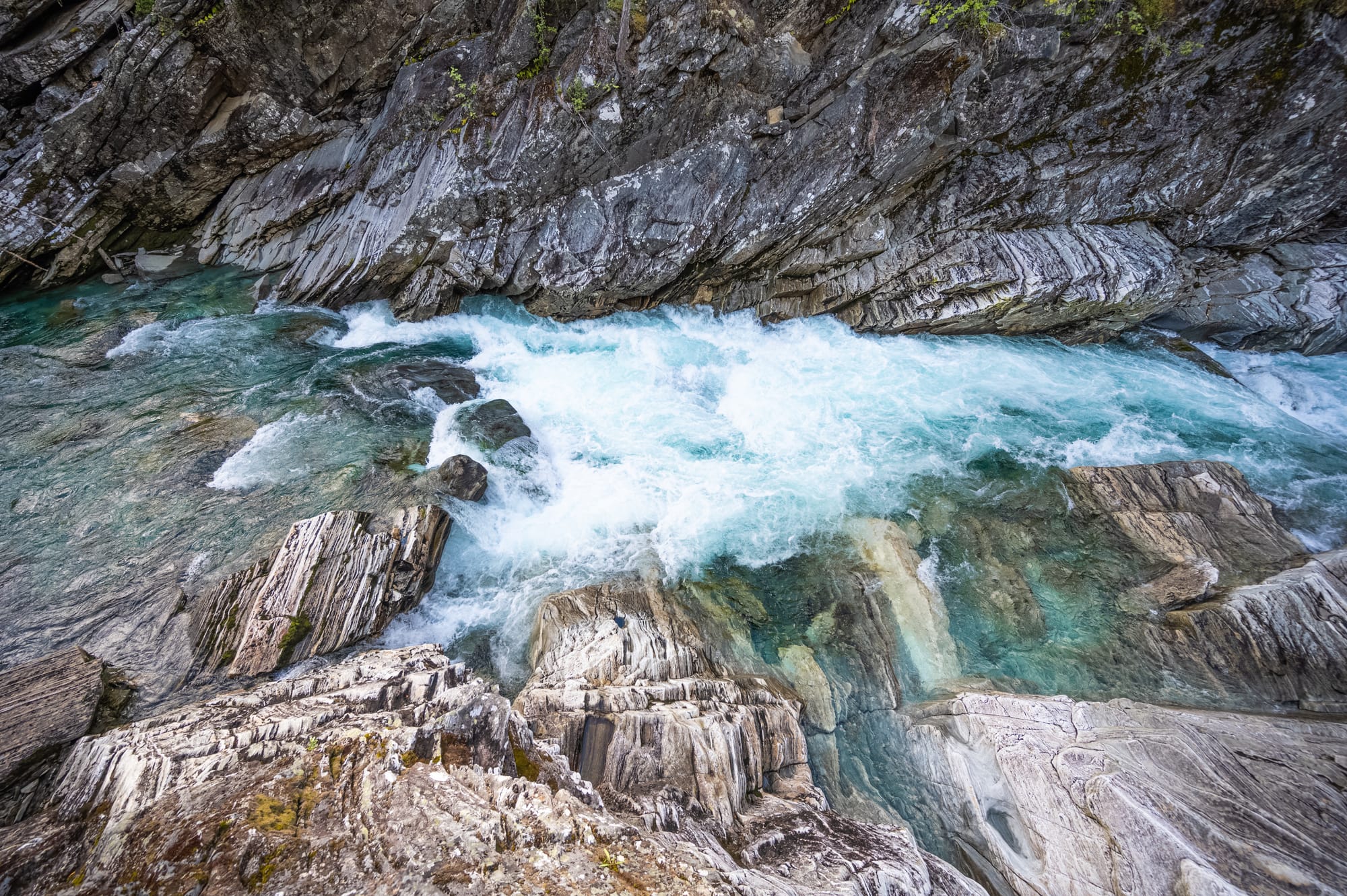


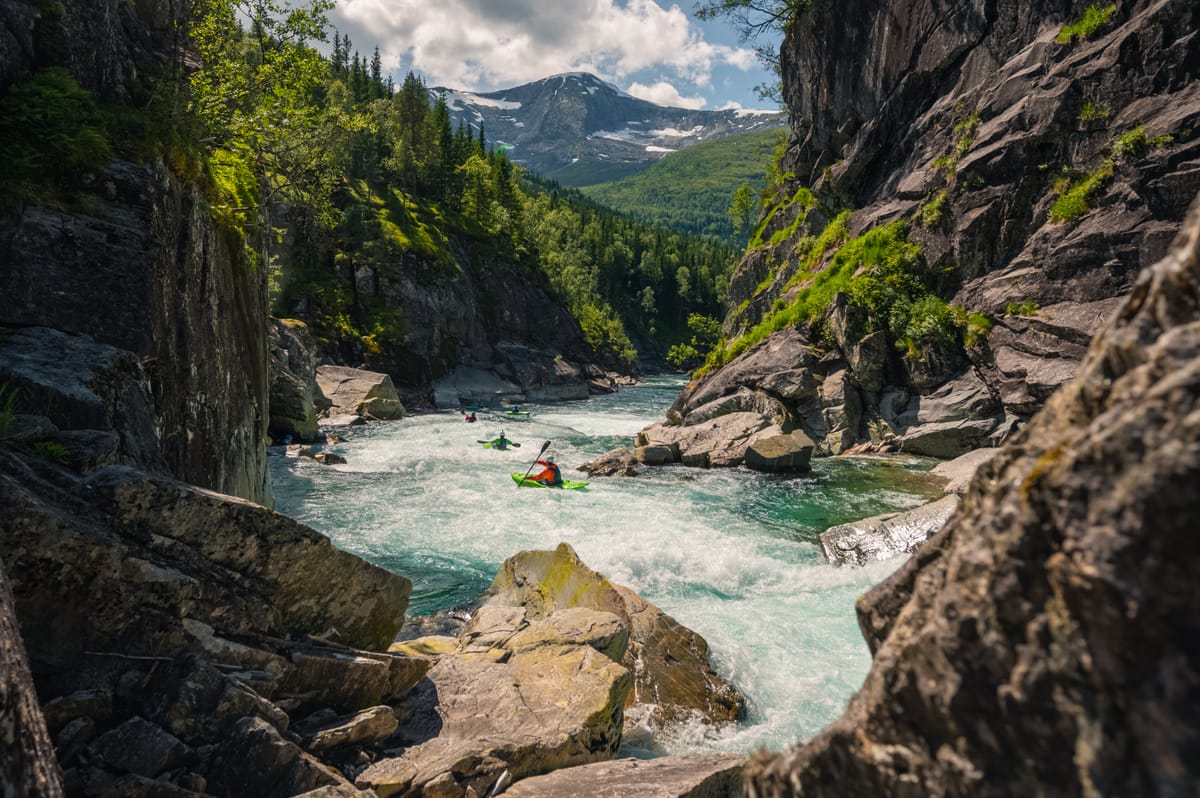
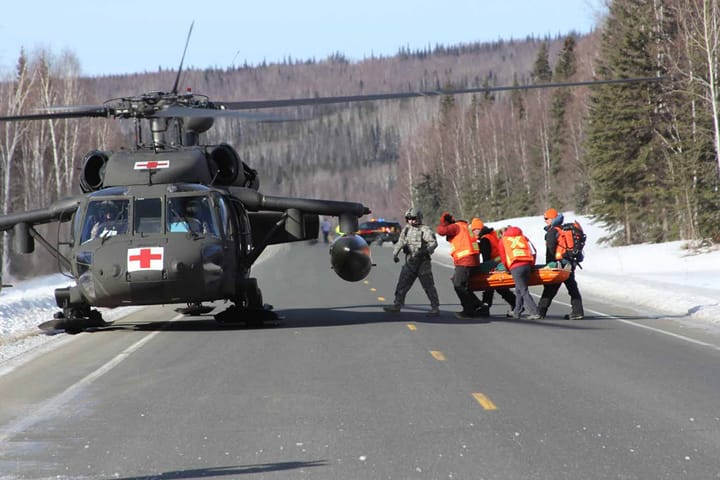
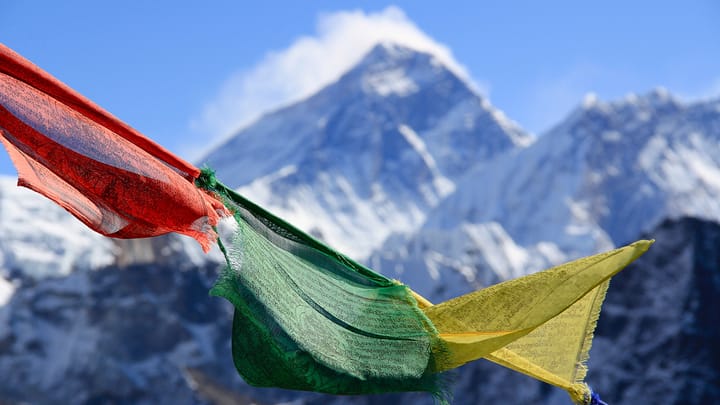
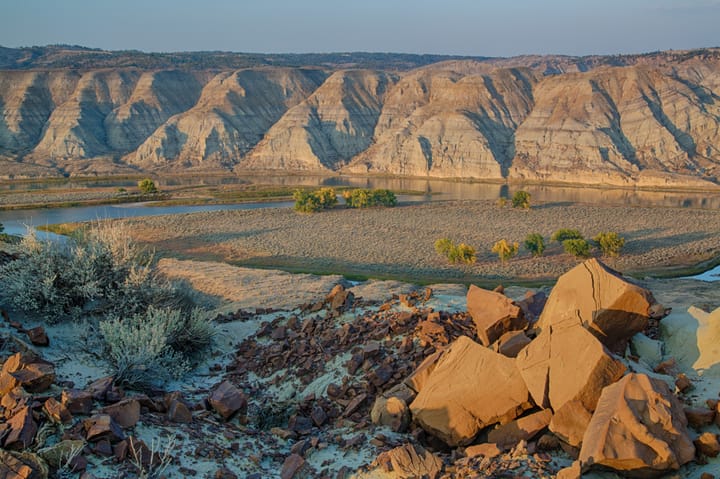
Comments ()